A Sense of Place or a Sense of Belonging?
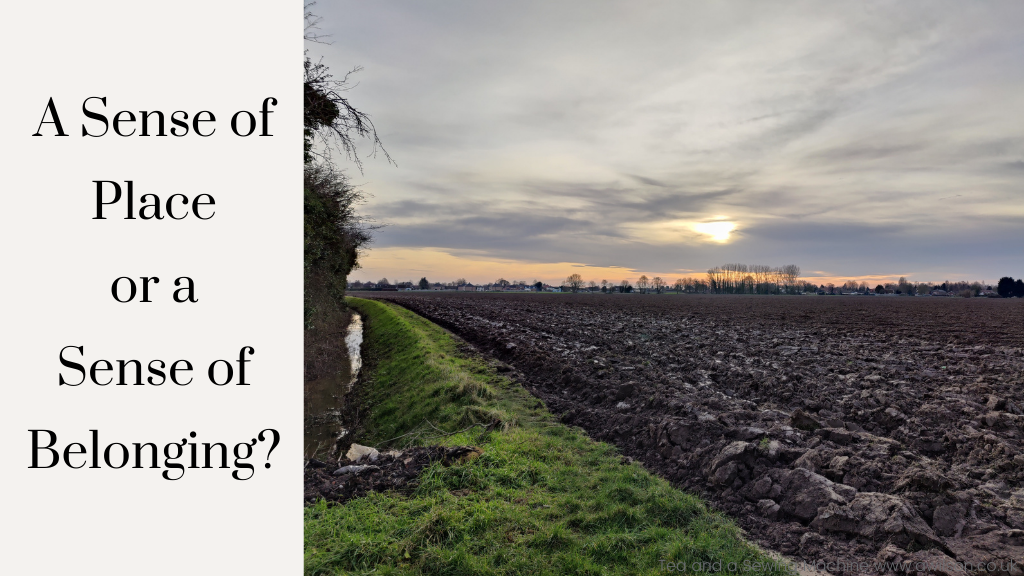
The idea of a sense of place, and how it differs to a sense of belonging, is a theme I’ve written about before.
It was about 3 years ago, when I was researching Dorothy Caldwell and her work as part of a foundation course in textiles, when I started to think about the idea of a sense of place and a sense of belonging.
If you haven’t come across her before, Dorothy Caldwell is an American born Canadian artist whose work explores a sense of place through landmarks and memories of people who have lived there.
I’d been given a list of artists to choose from, and I initially rejected Dorothy Caldwell on the grounds that I usually feel like I don’t belong anywhere.
Giving it some thought, I later realised that her work has nothing to do with my own feelings about not fitting in! She focuses on a sense of place, not on sense of belonging.
More recently, I ‘ve started to have a niggling feeling that a sense of belonging and a sense of place are connected, and that this has implications for us as creative people.
What Gives Somewhere a Sense of Place?
Another way of asking questions about what gives somewhere a sense of place is,” If I fell out of a helicopter, would I know where I was?” or, “If I found myself somewhere unfamiliar, what could I learn about that place that would help me to figure out where I was?”
A Sense of Place Where I Live
Here where I live, in the Norfolk Fens, I feel a real sense of place.
Sometimes life weighs heavy, and it’s easy for our first reaction to be one of feeling disgruntled with our surroundings. But when I stop to think about it, and I get out in it, I’m reminded of what beautiful, wonderful and special place this is.
The Fens are very flat. To the north and east of King’s Lynn, there are gently rolling hills and areas of woodland. Here in the east, there are no hills, and some trees but not many. There are no real woods this side of King’s Lynn until you’re well into Lincolnshire.
This means lots of open space and huge skies. On a clear day, you can see quite far. Away from towns and villages, the view is usually an expanse of field and sky, punctuated by trees and the occasional house. Often the landscape looks stripy. There are fields behind fields, rows of trees, what are clearly roads with houses on even if the road isn’t visible, hedges, the sky, even the sea if it’s near.
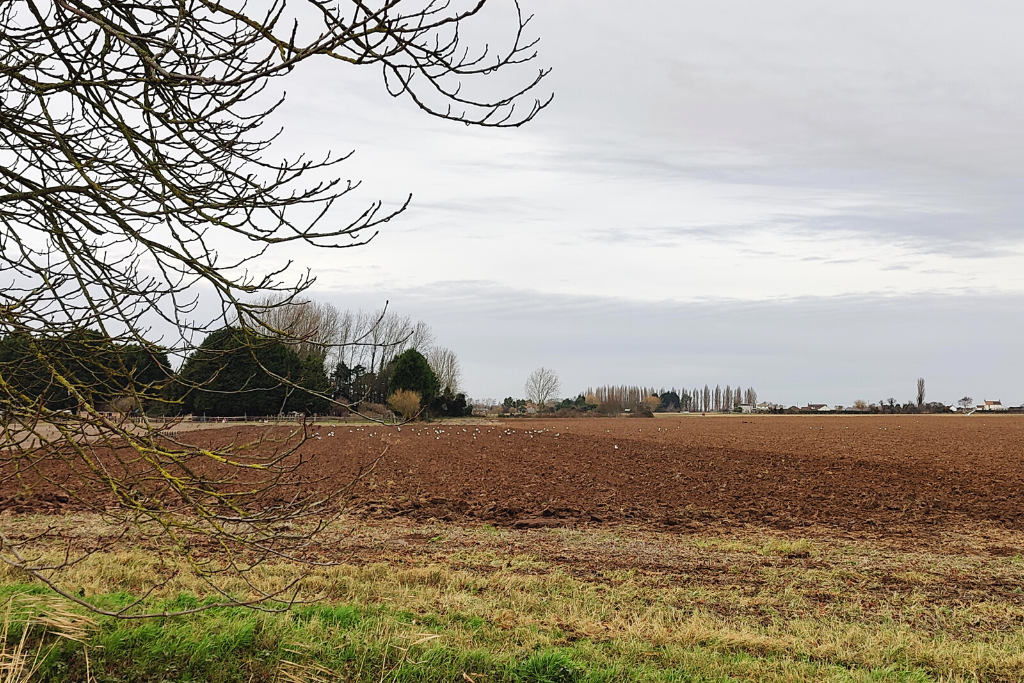
Being able to see far means that it’s good for spotting wildlife. There are all kinds of birds, deer, hares and other creatures. The sky is so huge with no hills, tall buildings or big trees to block it, so it’s easy to see birds, geese, great flocks of things migrating, it’s wonderful.
Because it’s so flat, and because the sea isn’t far, sometimes it’s misty. This happens especially in the spring and the autumn. In the early morning, the mist will come rolling in from the sea, then sit very close to the ground, often with trees poking out of the top. Having said that, we don’t have many days when the mist lasts beyond mid-morning, possibly because it’s so windy.
The wind is a big part of the Fens. with no big hills or woods, or many tall buildings to stop it, it is often windy. Depending on the direction it is coming from, in winter the wind can be bitter, especially if it’s coming from the east or the north. However, as with most of the UK, the prevailing winds came from the west, so it although it often feels fresh, it’s usually not too bad.
Away from the towns and villages, the wind gives a sense of freedom, a real sense of blowing away the cobwebs. The wind is always fresh and often wild. Sometimes it carries the smell of the sea. It will pull at your scarf, mess up your hair, and leave you feeling like it’s whisked away your fears, doubts and worries, and any hint of a bad mood. Afterwards, you can return home feeling so much better!
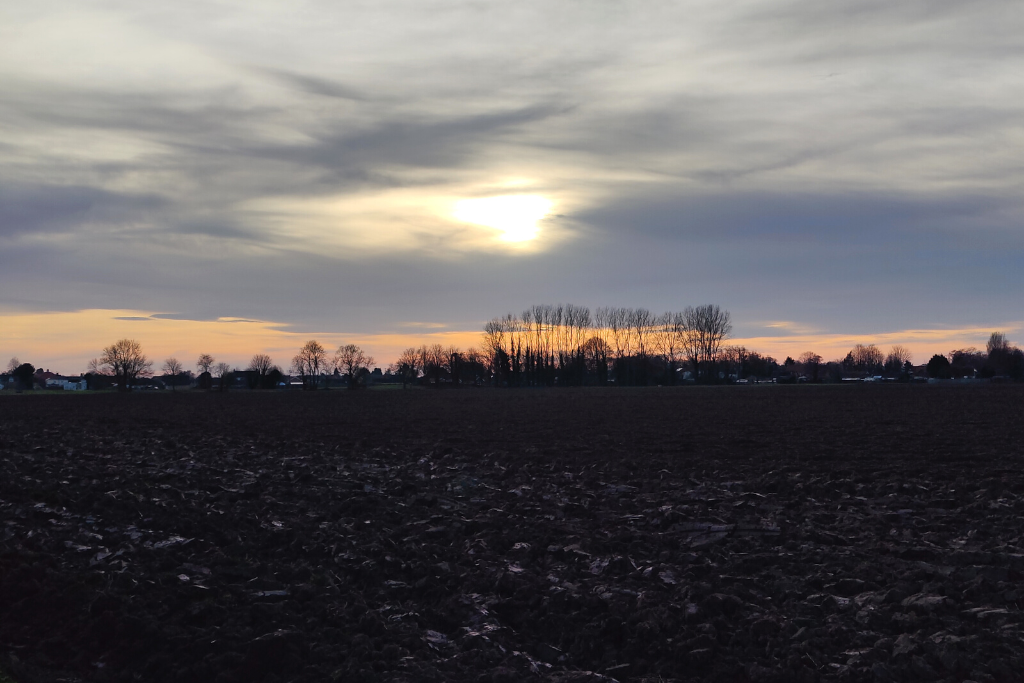
The big skies evoke feelings of expansiveness. You can see the way that the wind is blowing the clouds way up high. It’s most obvious when there are mares tales and mackerel skies, but it’s also true when the clouds seem to have stripes, layers or are being blown in a particular direction. Big skies also mean being able to appreciate beautiful sunrises and sunsets.
If I wanted you to know just one thing about what kind of place the Norfolk Fens are, it’s that feeling of freedom that the vast landscape and huge skies give.
What Else Gives Somewhere A Sense of Place?
The features in the landscape are a big part of what gives somewhere its sense of place, Hills, mountains, twisting lanes. Beaches, rocky outcrops, sheltered bays, cliffs. Woods and forests, wetlands and boggy marshes.
Human features add to it a sense of place too. Human settlements, and why they were chosen in the first place adds to the character to the location. Skyscrapers and power stations can be seen from miles away. Even farmland, which we usually mentally file under countryside, has shaped our landscape. Round here, the marshes were drained to make room for farmland, so a thousand years ago, it would have looked very different.
We ‘ve shaped the landscape in other ways too. There are the routes we’ve travelled for centuries. Some have become motorways. Others are quieter roads and little lanes. Yet others have remained as tracks and footpaths.
Going further back, there are standing stones, springs and groves, barrows and mounds. They give a sense of mystery to a location. Our ancestors shaped that place, perhaps a place we know well, and imbued it with a significance we no longer understand.
Place names give us clues about the landscape as well. Again, the significance has often been lost, but with a little bit of rootling around, it’s often possible to find out what they mean. caster, cester and chester usually refers to a Roman fort. Bury is also a fort. Place names ending y ar ey often refer to raised land in a marsh or wetland. Ton and ham refer to settlements and stow means a meeting place. Coombe is a valley and bourne is a brook. These names all indicate a sense of place that our ancestors were aware of, and their significance in their landscape remains in their names.
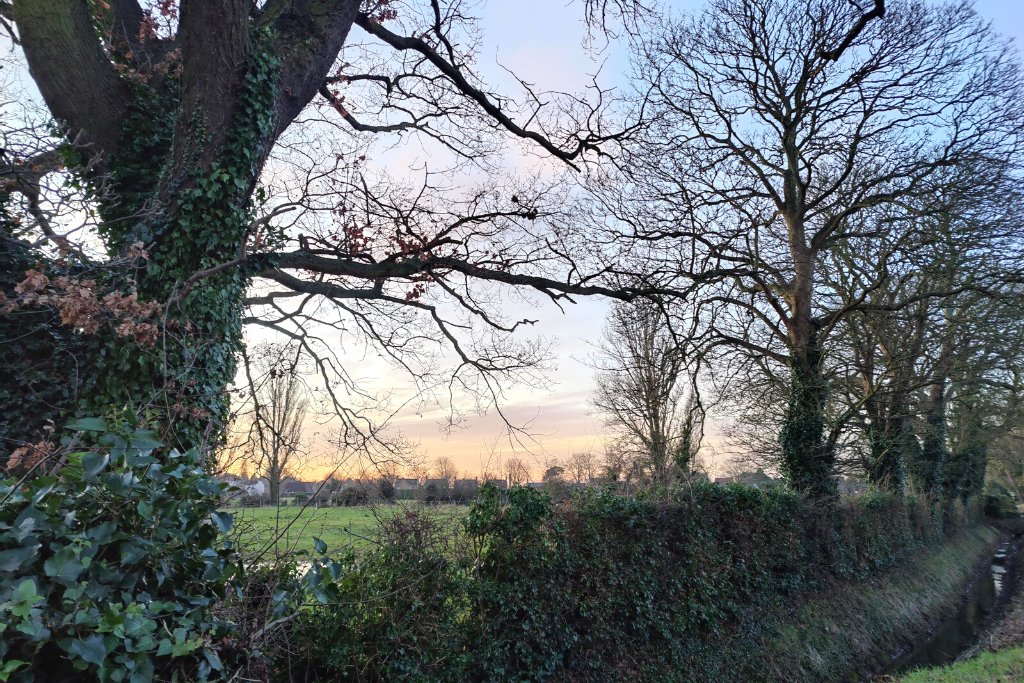
A Sense of Belonging
A sense of belonging is much harder to identify!
The problem I have is that usually I feel like I don’t belong. Sometimes it bothers me. Most of the time it doesn’t, because I know I could make a home anywhere as I don’t feel tied to any one particular place. I think part of it might be that I moved around a bit in early adulthood, and I haven’t lived where I grew up in a really long time.
A friend of mine has a mug that says,” You can take a lass out of Yorkshire, but you can’t take Yorkshire out of the lass”. I wonder if that’s what belonging is.
The other thing is that I never feel like I fit in. Again, this isn’t something that weighs heavy on my soul because I’ve felt like this all my life. At various times I’ve had good friends who’ve accepted me for who I am. There are places I’ve been to where I’ve felt joy and peace, and some of those places are round here! But a sense of having found my tribe eludes me. I don’t know what it feels like.
Perhaps an answer is to look at it in different way. So here we go!
Birds belong in the air. They are at home there. They know how to fly through it and their bodies are perfectly designed for flight. Bigger birds are able to use air currents so they don’t have to use so much energy. All birds are entirely at ease in the air.
I’ve seen a similar thing with fighter planes. They are much noisier than birds! But the pilots seem to be just as much at home in the air as the birds are. I’ve also seen biplanes and gliders, and someone near us has a kind of motorised parachute. They are all comfortable in the air and they can fly with apparent ease. Planes and gliders are obviously not part of nature in the way that birds are, but the sky is still the place for them and they are at ease there. The pilots are able to not just manage the environment, but how to use it to help them to fly, like the birds do. The pilots’ joy is often as clear as the birds ‘ graceful ability.
In the fields and woodlands near where I live, I’ve seen pheasants, deer, hares, rabbits, rats, mice, moles and all kinds of insects. They belong here, in the fields and hedgerows.
Taking it a step further, my road with its houses that reflect centuries of life here belongs in this village. And my funny old house, once part of a bakery and now a weird kind of tardis with an estate agents ‘office in half the downstairs, belongs on that road. And I belong in my funny old house, with my increasingly enormous boys and my cats.
Maybe that’s what belonging is.
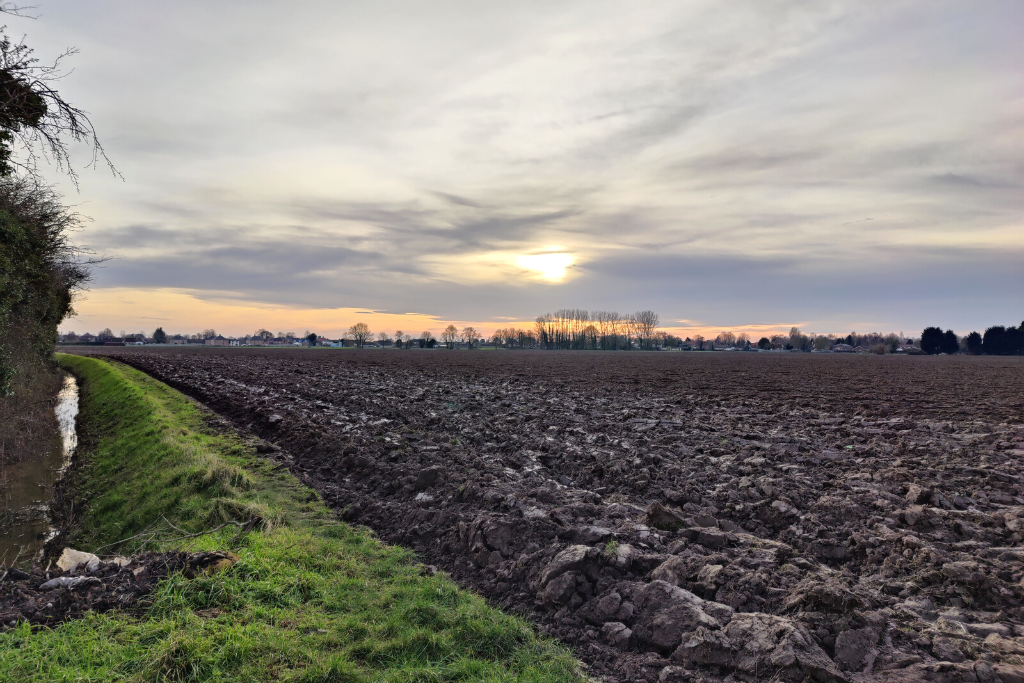
Having a sense of belonging can be to do with other people and how we feel. If we do not feel accepted, then we can feel that we don’t belong. But I think there’s more to it than just people. Belonging somewhere doesn’t necessarily depend on feeling that you’re best friends with all your neighbours.
Feeling rooted in a place can mean a sharing in a social group, or a culture or way of life. But it can also come from knowing somewhere really well and feeling at home there. I’m not a native Norfolk, and neither am I best friends with all the neighbour. But this my home. I’ve walked over every last bit of this village. Friendships have come and gone. Stages of life have been lived through in all seasons and in all weathers. It might not be for ever, but for the moment, this moment, I belong here.
The link between a sense of place and a sense of belonging has nothing to do with fitting in. Places doesn’t judge us. Nature doesn’t exclude us for wearing the wrong clothes, saying the wrong things, having different values or generally being weird. It doesn’t care! If you can get outside and start to know a place well, and feel part of it, with the mad wind and the ditches and the barrows and the ancient place names, with the winding roads, muddy footpaths, hedgerows full of flowers and birds, then you can feel that you belong, because you do.
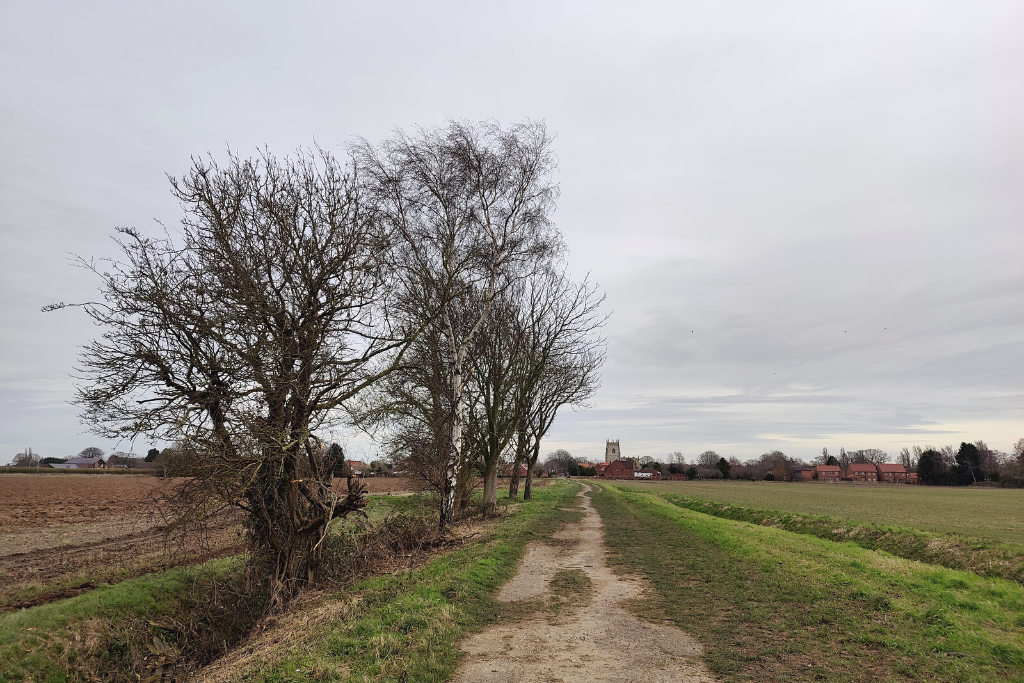
What Does This Mean For Us as Creative People?
I always like to ask this question! But I think it’s important to say that not everything has to lead to a creative endeavour, and not every creative endeavour needs to lead to finished results.
The point is that as creative people, we might choose to ask that question and respond to it in a creative way if we want to.
Writing lists of things we might do is fine, but I don’t want to do that today! So here’s my answer!
There’s a hedgerow next to a field.
In early spring, it’s covered in what looks like a green mist that soon becomes leaves. In early summer, the hedgerow is full of flowers. There are insects, birds and other wildlife. Eventually the flowers make way for berries.
As autumn becomes winter, the hedgerow is bare of leaves and flowers, although some berries still remain to feed the wildlife through the winter.
A woman walks past that hedgerow every day. In early summer, she collects twigs full of blossom to put in vase on her kitchen table. In the autumn, she picks blackberries which she makes into jam that she’ll eat on her toast until well into the winter. In the winter, she cuts twigs with berries to twist into a wreath which she’ll hang on her door.
She loves the colours in the landscape where she walks, and takes time to appreciate how they change as the seasons change. One day she might make a blanket inspired by the colours she sees.
She knows every last bit of that footpath, where there’ll be puddles and muddy patches, which bits are best for blackberries and where the hawthorn flowers are in the spring. It fills her soul and spills out into her life and her home.
I’d love to know what your thoughts are! If you’d like to share them, you can do so in the comments or email me at anna@awilson.co.uk.
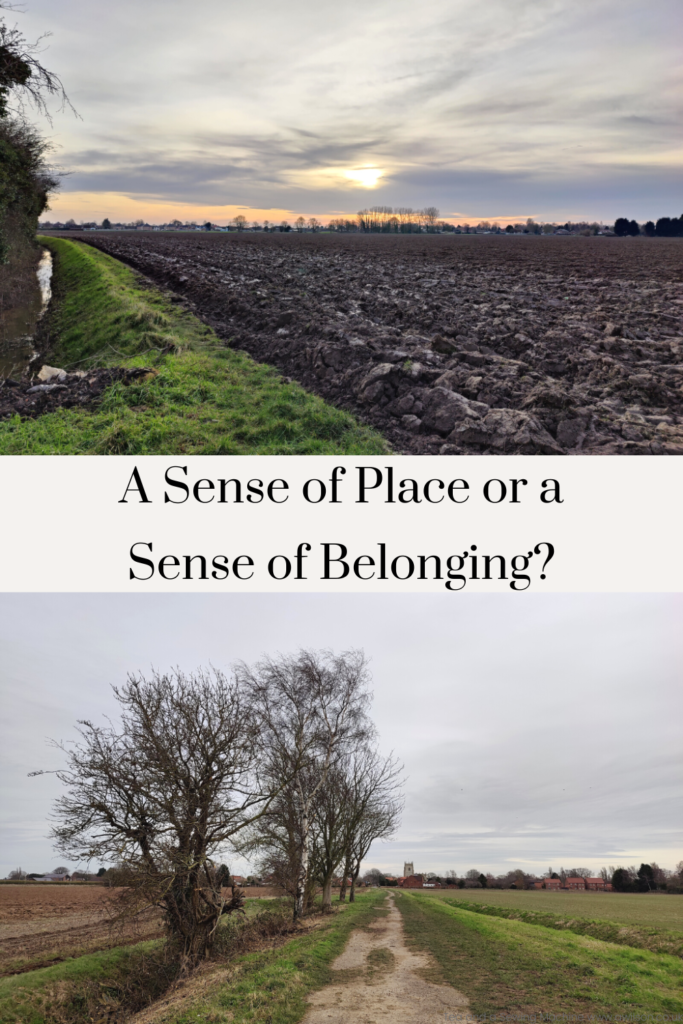
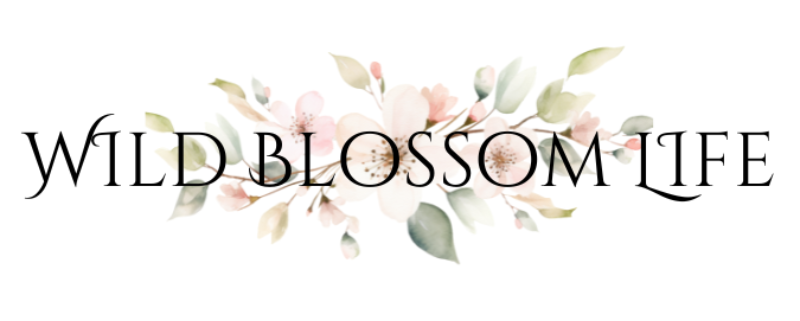
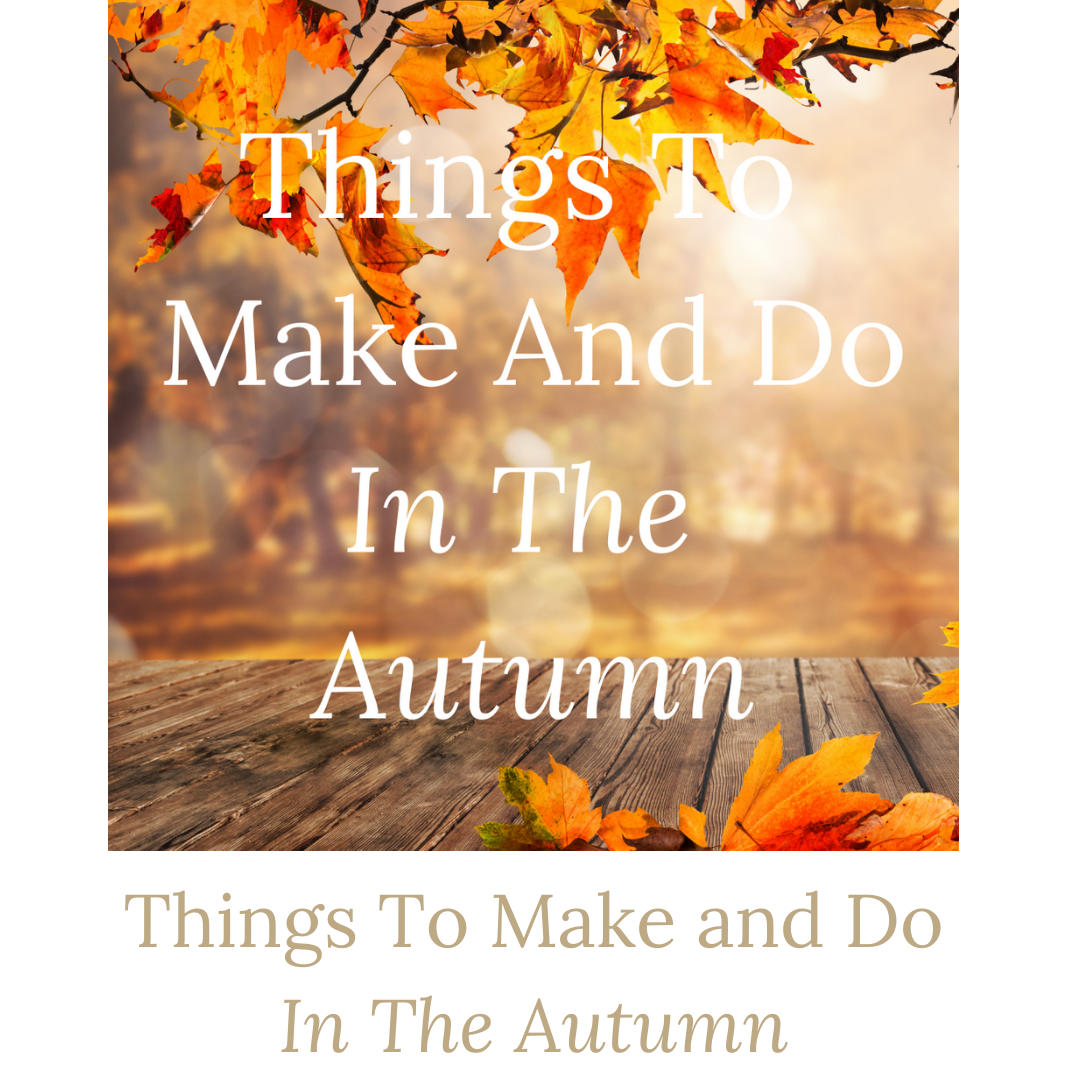
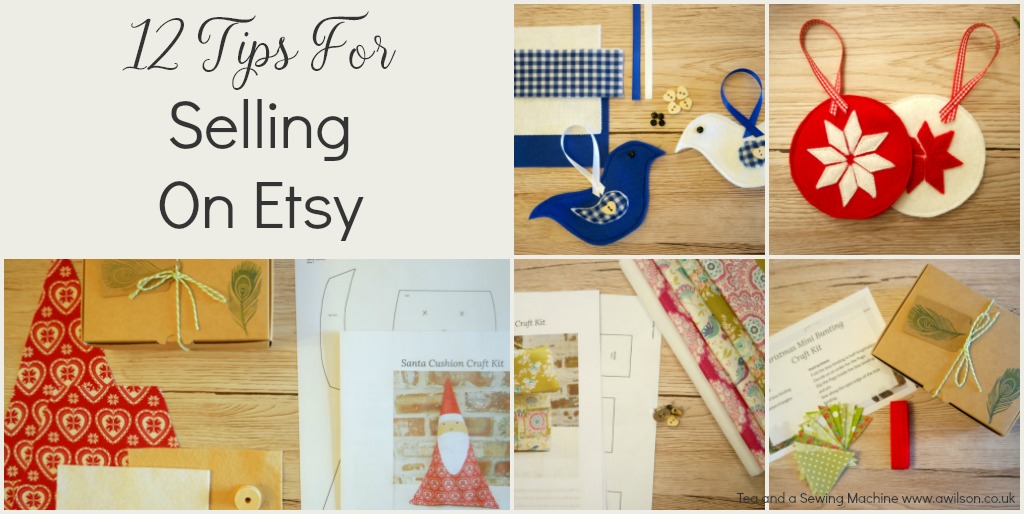
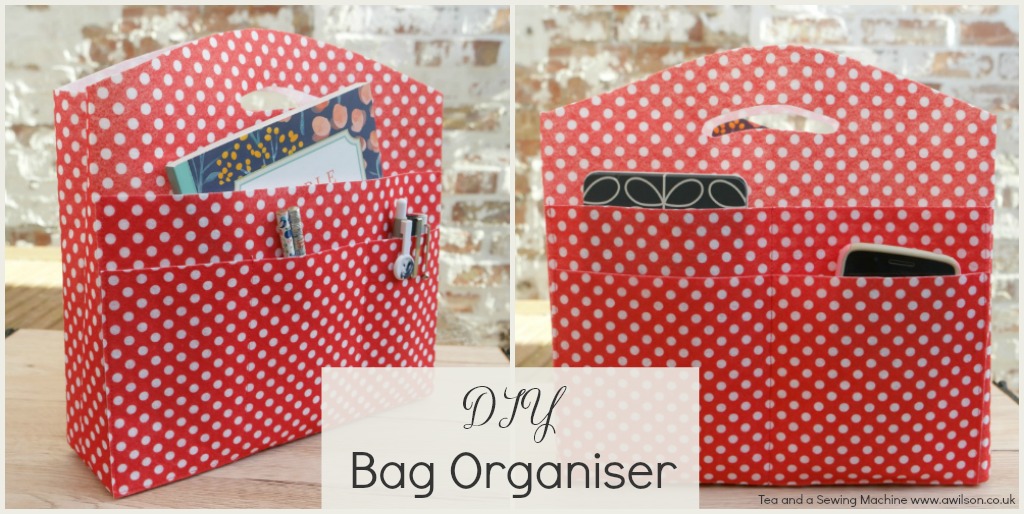

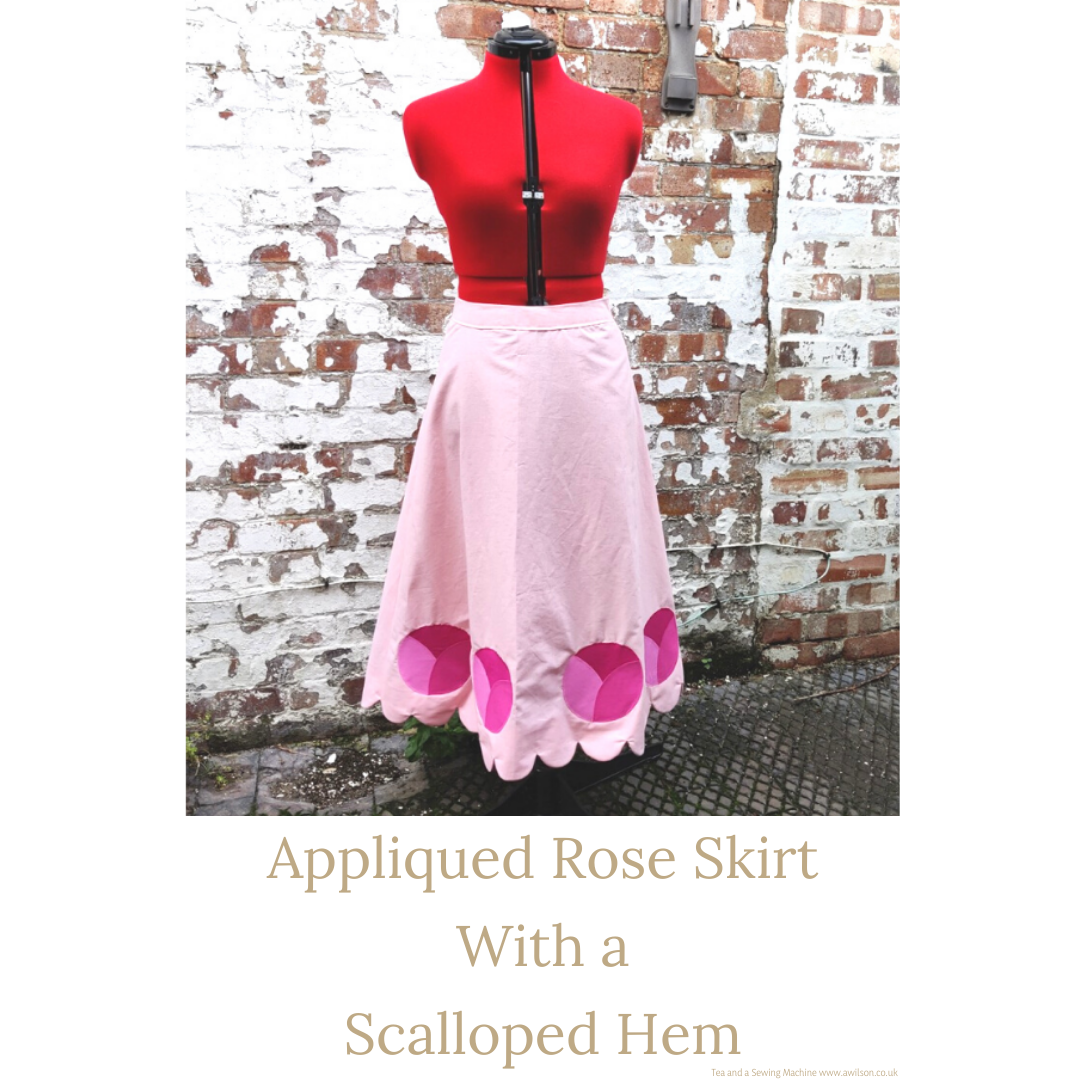

While reading A Sense of Place or a Sense of Belonging?, I found myself thinking about how deeply these two ideas are connected. A sense of place is often tied to the physical environment—familiar streets, landscapes, or even a favorite corner in your home. But belonging feels more emotional, rooted in relationships, acceptance, and shared identity. For me, I realize I can be in a beautiful place and still feel alone, but when I feel I belong, even the simplest place feels special. The novel reminded me that home isn’t always about geography—it’s about connection.
I really like how you put that—belonging gives meaning to the physical place. A sense of place might make somewhere familiar, but without connection, it can feel empty. Belonging transforms even ordinary spaces into something comforting and memorable. It’s a reminder that people and relationships are what truly make a place feel like “home.”
I found that article really thought-provoking—it’s interesting to consider whether feeling connected to a place is enough, or if true belonging comes from the people and community around you. Both seem important, but they play different roles in our sense of identity. It also reminded me of Estafas Bizum, where trust and genuine connection matter a lot—just like belonging isn’t something you can fake. Do you think a sense of place or a sense of belonging has a bigger impact on how we feel at home?
That’s such a thoughtful topic. “A Sense of Place or a Sense of Belonging?” really invites us to reflect on what truly grounds us. Is it the physical environment—landscapes, buildings, smells, routines—that gives us a sense of place? Or is it the people, connections, and shared experiences that create that deeper emotional bond—a sense of belonging? Often, we search for both without realizing it, and it’s powerful when the two finally overlap.
This reflection really made me pause—it’s such a thoughtful exploration of how “place” and “belonging” can overlap, diverge, or even conflict. I appreciated the idea that a sense of belonging isn’t always tied to a physical location, but can grow from community, memory, or emotional connection. It reminded me of the Rituals Adventskalender—each day a small, grounding moment that helps you feel more rooted, wherever you are. What gives you that true feeling of belonging—people, places, or something else entirely?
A sense of place grounds us in our surroundings, while a sense of belonging connects us to people and community. 🌍💙 True fulfillment often comes from balancing both—finding comfort in where we are and who we share it with. Which matters more to you? 🤔✨
The people probably. That’s a good question!
*A Sense of Place or a Sense of Belonging?* explores the difference between feeling connected to a location versus feeling truly at home. While place ties to geography, belonging is about relationships, identity, and community.
Yes, definitely! Exactly what I’m trying to say, thank you! xx
Thank you for having the courage to share your beautiful words.
I had just remembered from my early childhood (83 now) looking up to my mother and asking her, “what do I have in me?”
She ans. “SCOT AND IRISH”.
TODAY MY FLASHBACK TO THAT TIME I FELT A SENSE OF ANOTER PLACE. I GOOGLED….WHAT I EXPERIENCED…I FOUND YOU. AI.
TEARS AND SMILES INUNDATED
MY BEING. MAINLY FROM YOUR WORDS HERE. MATCHED WELL.
THANK YOU.
IT MEANT ALL T ME TO HEAR YOUR WORDS.
Your post on “A Sense of Place or a Sense of Belonging?” really made me reflect on the deeper meaning of these two concepts. It’s fascinating how both can shape our identity and experiences, yet they feel so different. Which one do you think plays a bigger role in your life—finding a place or feeling truly accepted? 🌍💖
That’s a good question! Being accepted is more important, but feeling that you belong somewhere is as well. What do you think?
This is a really beautiful piece of writing, Anna. Finding inspiration in nature is something I truly love. I remember visiting the Moreno Glacier in Chile and sitting there watching the ice breaking off this huge glacier and being complete in awe of being in that moment and the noise of the ice and the ice blue of the water. It was staggering.
I am teaching a Year 9 Geography unit here in Australia about connection to place. I am going to use some of your ideas (maybe even some of your word) and get the students to think about the connection to place and what can affect that. Thanks for the inspiration.
That’s lovely! Thank you. Happy to chat about it more if you want to 🙂
I grew up in London, but when I moved to where I live now, it was a home coming, because of all that you have written about the physical environment, weather and seasons. Belonging is a very tricky thing and it changes, when my children were young, I belonged to them and them to me. Now they are older, we meet up only now and then. We still belong, but it is different, because the need for me to be ‘mum’ is no longer there. We met friends last year whom we had not met for many years, and instantly we were back ‘in the group’. I have other friends, some I have known for a long time and I don’t have that same connection even now. I belong at work, but when I retire I won’t because there won’t be a shared purpose, it’s the only thing I’m not looking forward to about retirement. I belong to God because of my Christian faith and because faith is not a feeling, but a matter of trust, this doesn’t change. I have attended only a few churches but I have had different belonging experiences in them all. I think belonging is like all the seasons in life, it is subject to change. Sometimes we belong, even when we don’t know it.
I loved this piece of writing. Seascapes, landscapes and the sky are so inspiring.
This is one of the most moving and insightful essays I have ever read, so thought-provoking that I have saved it to read again and ponder. I feel a bit ashamed of myself that I am so impressed that my awesome eldest daughter could have written something so deep and meaningful- of course you could!